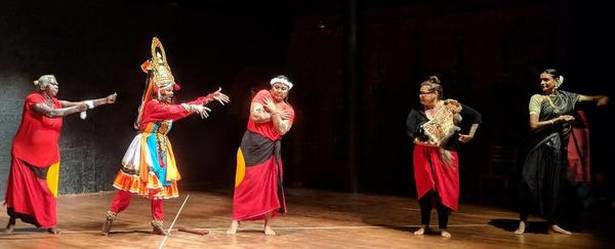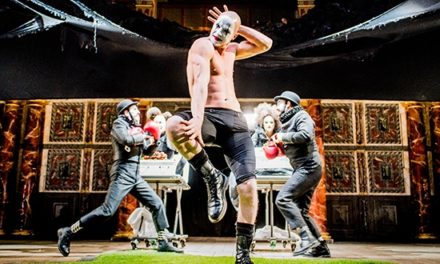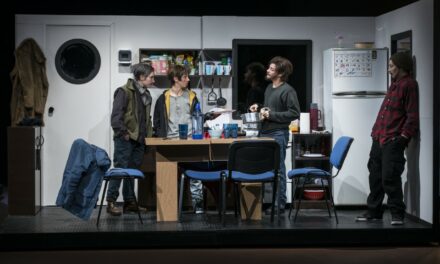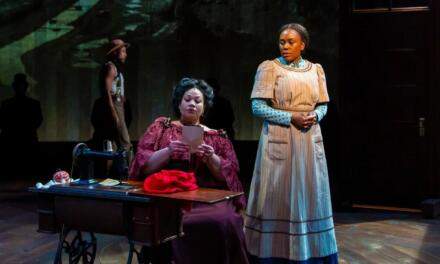A white, feathered string in hand, Sylvia Nulpinditj begins to explain each action in the Yolngu dance form to a small gathering of women. The Aboriginal artist from the Galpu clan in Arnhem from the northern territory of Australia is also a cultural leader. As she flails her closed fists forward, moving them in a circular motion, she tells us, “This action represents a voyage,” and goes on to enact the sea, and the wind in motion. Soon, Nadine Lee, a visual artist, and performer from the Larrakia community in northern Australia, takes over to do a cleansing ritual, beating medicinal sticks together. The rest—Indian, Australian-Indian and indigenous Australian artistes—follow Sylvia’s lead to enact a snippet from their production and engage friends and artists gathered in renowned danseuse Priyadarshini Govind’s studio. Musician Uthra Vijay’s composition, in her own soothing voice, flows in the background.
Churning Waters is in the making.
The production, replete with dance, music, and drama is almost a “moving installation” that offers a feminist, post-colonial perspective on water, addressing climate change and shared histories. Each of the artists, through her respective performance, shares her story to initiate a cross-cultural dialogue.
“This is not a linear narrative. There are multiple stories juxtaposed in different points in time. Not all are narrated, some are performed,” says Priya Srinivasan, Australian-Indian artiste and artistic director of Churning Waters.
The indigenous women, marginalized in their homelands, lead the audience through how they perceive India. Through their eyes, the audience will witness three different worlds—the world of koothu, of classical Bharatanatyam and an in-between form of talking dance—each of which has a different story to tell.
“The stories of Kaaliya, Mathsya, and Yama are interspersed within each of these worlds,” continues Priya.
“They have a conversation about the poison that cripples both their lands. For one, it is fracking and in India, it is Kaaliya,” continues Priya.
“Kaaliya is a metaphor for the societal poisons of different kinds polluting our world,” explains the artist.
In a small group, where the artists share stories about how they were initiated into dance, Gina Maree Bundle sits clutching her possum skin rug.
As she listens, the visual artist, performance artist and Yuin/ Monero cultural leader from New South Wales, says, “I wish I was one of you.” To which, the entire crew goes, “Of course you are!”
Gina’s mother was a product of the Stolen Generation or the children of Australian, Aboriginal and Torres Strait Islander descent who were removed from their families by Government agencies and church missions. Her interaction with Chennai-based kattaikoothu performer, Thilagavathi (the first female performer to emerge in the art form), speaks of marginalization and the struggles undertaken to break free from it.
In the end, all these different worlds meet in an exchange of movements, forms and finally in the churning of the ocean, drawn from Indian mythology.
Nadine Lee believes the project is important for the relationship between Indians and indigenous Australians, both riddled with colonial baggage.
“Whatever we do is contemporary, but we also are products of the long ancestral history. So we bring that along with us and show it to the world,” she says while carefully packing her medicinal sticks.
Her passion for healing and her fellow community members have made her a key member of the Larrakia Healing group.
This article was originally published in The Hindu on January 30, 2019, and has been republished with permission.
This post was written by the author in their personal capacity.The opinions expressed in this article are the author’s own and do not reflect the view of The Theatre Times, their staff or collaborators.
This post was written by Gowri S.
The views expressed here belong to the author and do not necessarily reflect our views and opinions.


















